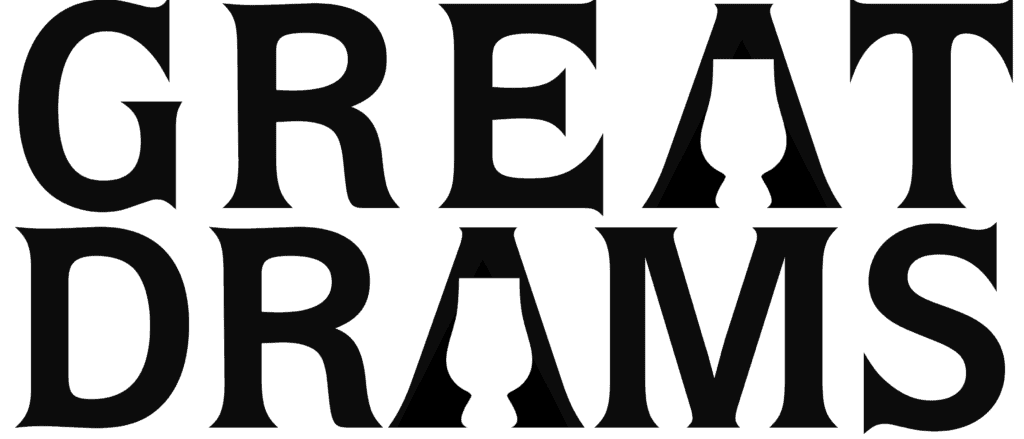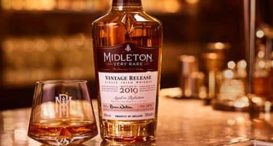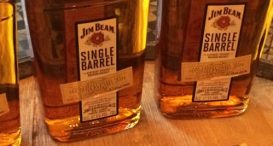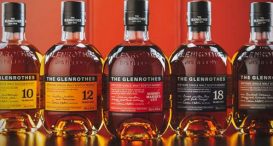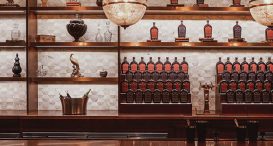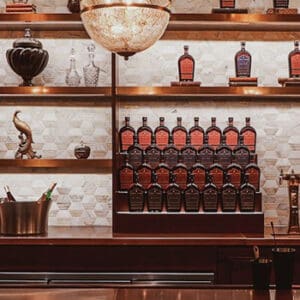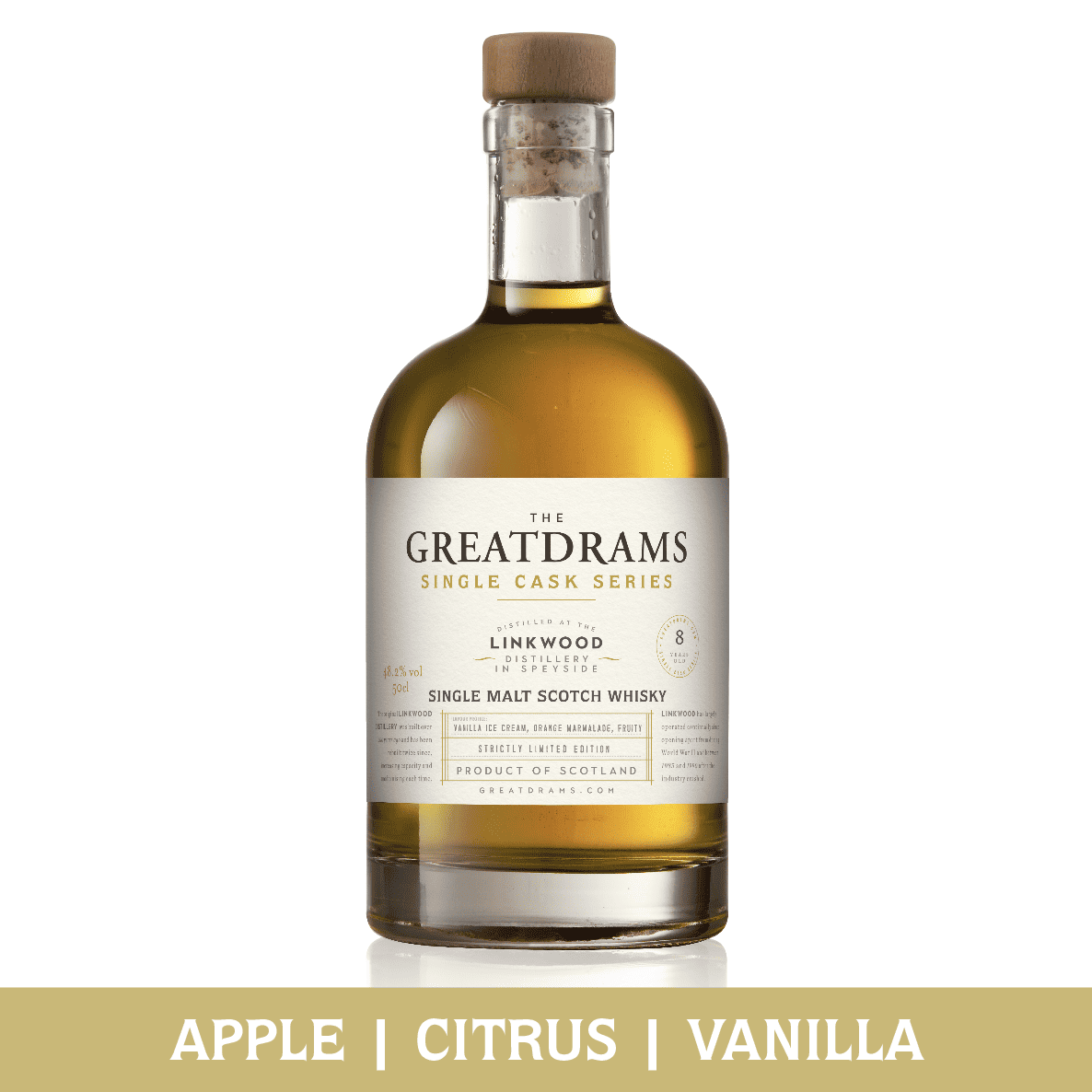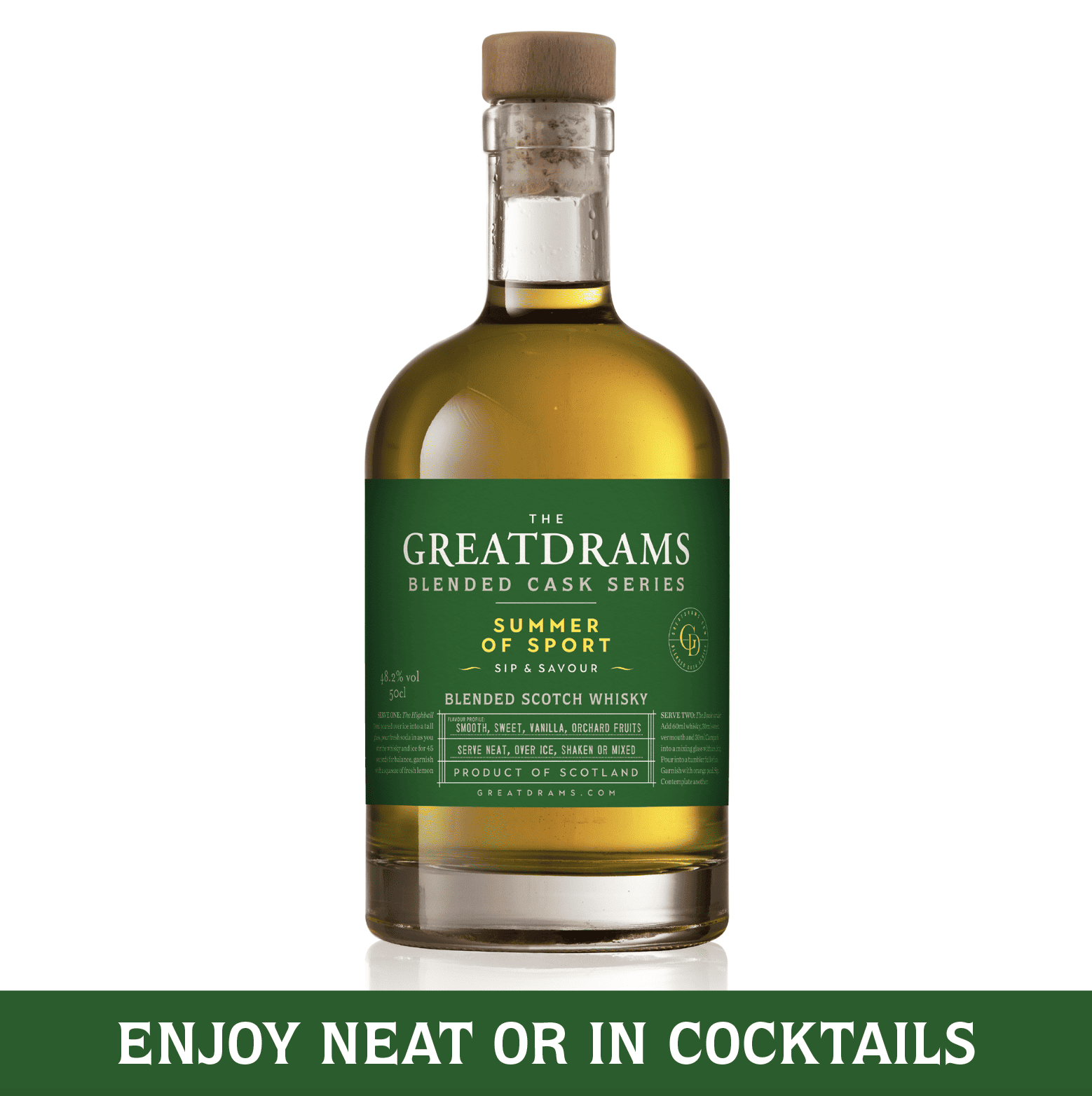What’s in an ‘e’? Whisky or whiskey?
let’s begin
Whisky vs. whiskey. The search that has become my life for the past two weeks. And what did I find out? Quite a lot actually.
To start, a short history lesson. The process of distillation has been traced back to the Babylonians in Mesopotamia, where it was mostly used to distil perfumes and aromatics. From here the technique spread and arrived in Scotland and Ireland in the 13th century, where whisky was first created. The word “whisk(e)y” comes from the Gaelic word “uisge beatha” (pronounced “oosh-kie bah”), meaning “water of life”. Over time this became more commonly used and was anglicised to form the “whisk(e)y” we use today.
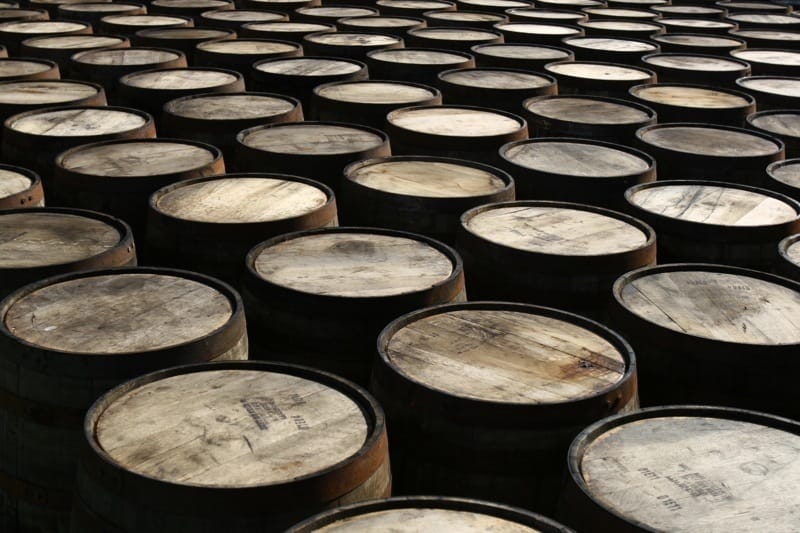
There are two variants of how we in the modern world spell whisk(e)y. One with an “e”, and one without. But what can we learn from this “e”? If I were to pick up a bottle labelled only “whiskey”, what would the appearance of that subtle, little “e” tell me? To begin, it tells me that this particular whisk(e)y has originated in either America or Ireland.
If the bottle were to be labelled “whisky”, then it could have been distilled in Scotland, Canada, India or Japan. These are only the more common whisky producers amongst many others however, as there are several more countries, including England, Norway and South Africa, that produce whisky.
With the exceptions of American brands George Dickel, Maker’s Mark and Old Forester, whisk(e)y produced in either America or Ireland is spelt with an “e”. These three brands use “whisky” as a heralding of their Scottish roots. George Dickel’s website claims, “Declaring his whisky of equal quality to the finest scotch, George Dickel followed in the Scottish tradition of spelling whisky without an ‘e’”. Maker’s Mark similarly excludes the “e” to “honor the Samuels’ Scottish Heritage”. We learn here not only of the difference between “whiskey” and “whisky”, but also the deep regard held for Scotch whisky amongst international distillers.
Now that I know the general country of origin, or at least have an idea of it, what can this tell me? Well, to begin, America itself has several variations of whiskey such as bourbon, rye and Tennessee. And each of these in turn, including other whiskeys and their variants, are regulated differently by the government. For example, bourbon whiskey must be distilled from grains that are at least 51% corn and stored in new oak charred barrels. So with this in mind, if I know that my whiskey has been produced in America or Ireland, I then have an idea of what that whiskey should taste like.
With regards to whisky without the “e”, there are also many different regulations. For example, single malt Scotch whisky must incorporate only water and malted barley, that has been distilled in batches in a single distillery. These regulations all work towards providing the highest standard of whisk(e)y in terms of both taste and quality, but there is simply not enough time in the day to go through each country and how their distillation regulations differ. But all in all, these regulations contribute to the debate of e versus no e, and so are important to consider.
So that’s the difference between whiskey and whisky. Region is perhaps the biggest factor in this difference, but with that we must take into consideration each country’s distilling regulations, as these contribute towards overall taste. While it may seem simple that America and Ireland use an “e” and other countries don’t, there is so much more complexity to be found in the use of that “e”, and I strongly recommend grabbing a few bottles to help you figure it all out.
